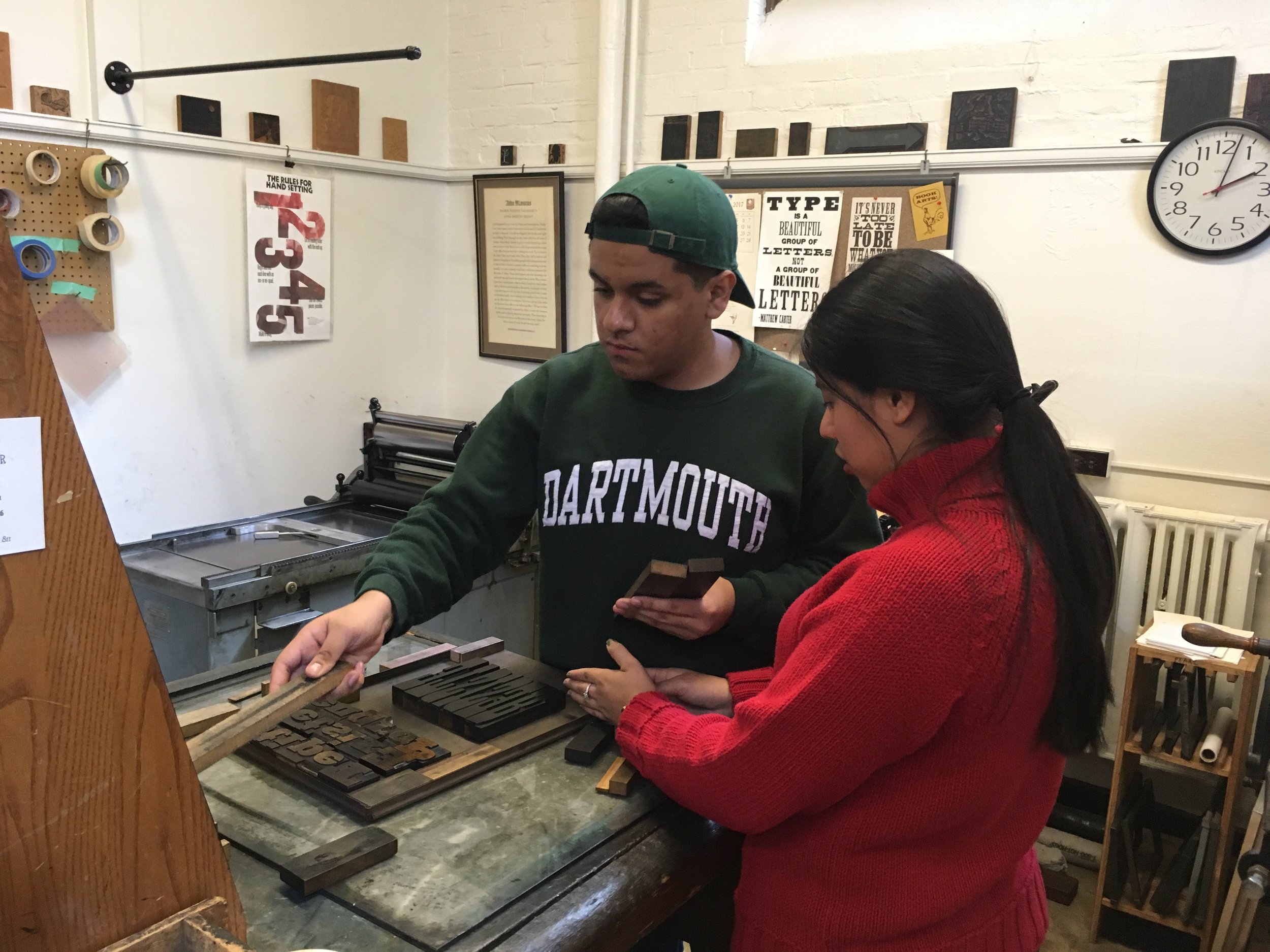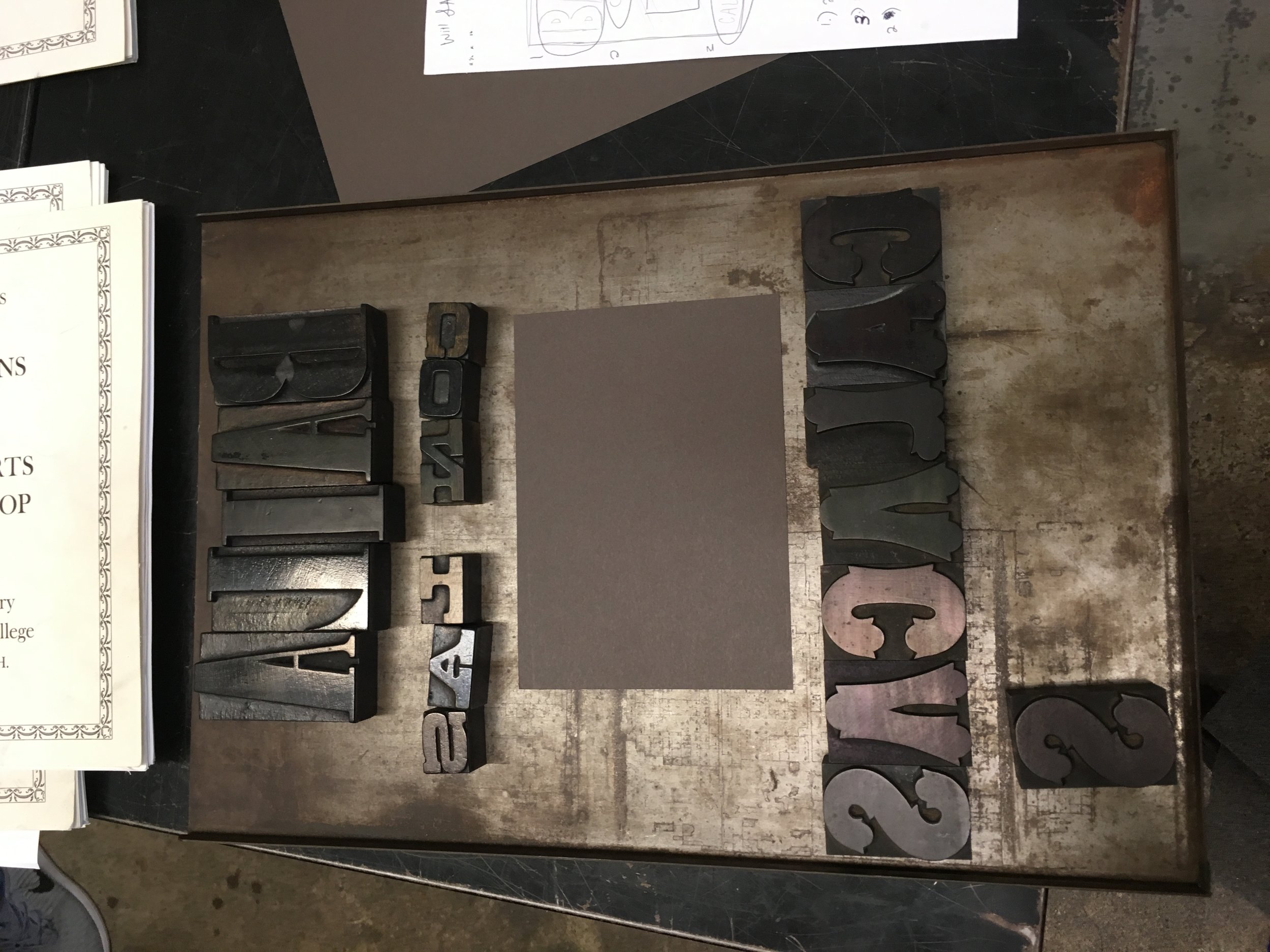
BORDERLANDS ART & THEORY
This seminar traces the developments of contemporary art practice in the U.S.-Mexico borderlands as a site of geopolitical contention, and subsequently expands beyond locational specificity to include the embodied modalities of living in between cultures, races, and languages. Students will develop a toolkit for analyzing art and visual culture that arises out of these transnational and heterogeneous points of contact. With an emphasis on printmaking, performance, photography, and film, the course will dwell on geographical borders as shifting categories and archives that respond to modernity/coloniality paradigms of fear and desire, contagion and containment, utopia and dystopia. Students will enhance their skills in visual analysis and writing, and refine their ability to conduct original research.
Sample podcast projects
Latinx Art & ActivisM
Since the late 1960s, printmaking and print cultures have been at the center of constructing identity discourses for Latinx communities in the United States. Through the analysis of prints, political graphics, comics, zines, and ephemera, we will study how the printed image negotiates relations of power. From posters of United Farm Worker boycotts and broadsides of the Young Lords to contemporary prints that narrate stories of migration and belonging, we will delve into graphic media and consider notions of authorship (collective/individual), activism, display, dissemination, consumption, collecting, and technology. Students will learn to think critically and empathetically about how these collective modes of art-making foreground the politics of representation: what we see, how we see, who gets to control our image, and how can printed multiples challenge those narratives. Students will enhance their skills in visual analysis and writing, gain experience in collaborative printmaking, and refine their ability to conduct original research.




























